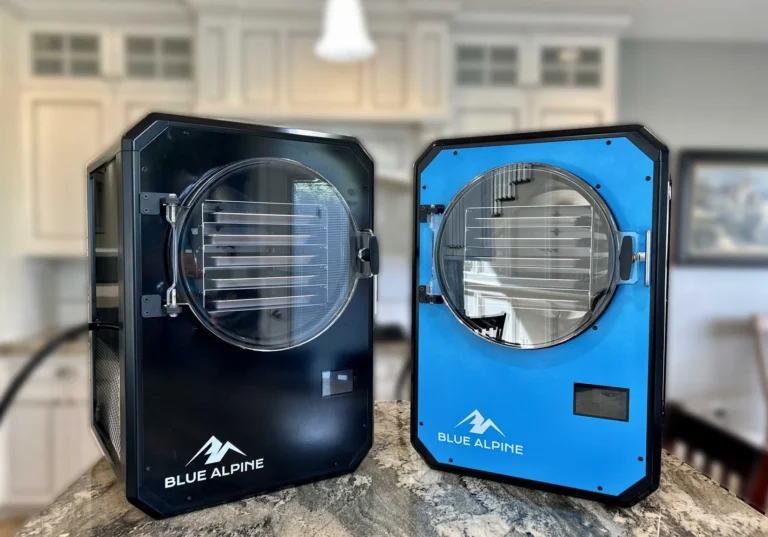Comprehensive Security: Integrating Physical and Cybersecurity for Maximum Protection
Scene One: The Unseen Vulnerability
It’s a crisp Monday morning at a bustling corporate office. Employees swipe their access cards at the entrance, unaware of the interconnected web of security protocols that safeguard their workplace. As they settle into their routines, a shadowy figure attempts to breach the company’s network from a remote location, exploiting a weak password on a seldom-used server. At the same time, an outsider tries to tailgate through the secured entrance, unnoticed by busy employees.
What could have been a nightmare scenario for the company—an intrusion both physical and digital—is thwarted by a well-integrated security system. The attempted cyber attack triggers an automatic lockdown of sensitive areas, while the access control system alerts security personnel to the unauthorized physical entry attempt. This seamless coordination between physical and cybersecurity components isn’t just an added layer of protection; it’s a necessity in today’s increasingly complex threat landscape.
The Convergence of Physical and Cyber Threats
In the past, physical security and cybersecurity were often treated as separate entities, managed by different departments with little overlap. Physical security focused on preventing unauthorized access to buildings and safeguarding assets, while cybersecurity concentrated on protecting digital information and systems. However, the growing sophistication of threats has blurred the lines between these two realms, necessitating a unified approach.
Cybercriminals are no longer just hackers hunched over keyboards; they are increasingly sophisticated, employing tactics that bridge the physical and digital worlds. A cyber attack might start with something as simple as a phishing email but could escalate into a physical security breach if the attacker gains access to the company’s premises. Conversely, a physical breach—like an intruder gaining unauthorized access to a server room—can have devastating digital consequences.
Integrating Security Systems: A Holistic Approach
To defend against these converging threats, businesses need to integrate their physical and cybersecurity measures into a single, cohesive strategy. This integration not only enhances overall security but also enables faster response times and more effective threat mitigation.
- Unified Access Control
At the heart of any integrated security system is unified access control. This system governs who can access specific areas of a building and what digital resources they can reach. By tying access to both physical spaces and digital systems, businesses can ensure that only authorized personnel can access sensitive areas or data.- Digital Credentials: Employees can use a single digital credential—whether a keycard, mobile app, or biometric scan—to gain entry to both physical spaces and digital networks. If a security threat is detected, the system can instantly revoke access to both, preventing the individual from causing further harm.
- Cross-Monitoring: When access control systems are integrated with cybersecurity measures, they can monitor for anomalies that might indicate a security breach. For example, if an employee logs into the network from an unexpected location, the system can alert security teams and restrict physical access to sensitive areas.
- Coordinated Surveillance and Monitoring
Surveillance cameras have long been a staple of physical security, but when integrated with cybersecurity tools, they become even more powerful. Modern surveillance systems can work in tandem with digital monitoring tools to provide a comprehensive view of security events as they unfold.- Video Analytics: Advanced video analytics can detect unusual behavior patterns, such as loitering in restricted areas or attempts to access secure locations. When paired with cybersecurity systems, these alerts can trigger additional digital security measures, such as locking down network access or alerting IT teams to potential insider threats.
- Incident Correlation: By correlating physical surveillance data with digital logs, security teams can gain a more complete understanding of an incident. For example, if a server is compromised shortly after someone accesses the server room, video footage can help identify the culprit and provide evidence for further investigation.
The Role of Artificial Intelligence and Automation
The integration of physical and cybersecurity is greatly enhanced by the use of artificial intelligence (AI) and automation. These technologies enable security systems to operate at a level of speed and efficiency that would be impossible for human teams to achieve alone.
- Automated Threat Detection
AI-driven security systems can analyze vast amounts of data from both physical and digital sources to detect potential threats in real time. These systems can identify patterns that suggest a coordinated attack, such as simultaneous attempts to breach a physical and digital barrier.- Predictive Analysis: By analyzing historical data, AI systems can predict potential security incidents before they occur. For instance, if the system detects a pattern of failed login attempts followed by unusual activity in a secure area, it can proactively alert security teams to the possibility of a coordinated attack.
- Automated Response: Automation allows security systems to respond to threats instantly, without waiting for human intervention. If an AI system detects a security breach, it can automatically initiate lockdown procedures, disable compromised accounts, and alert relevant personnel.
- Integration with IoT Devices
The Internet of Things (IoT) is revolutionizing the way businesses approach security. IoT devices, such as smart locks, environmental sensors, and connected cameras, can be integrated into the overall security framework, providing real-time data and enabling more nuanced responses to threats.- Smart Building Management: In a smart building, IoT devices can monitor and manage security conditions across multiple domains. For example, a temperature sensor in a server room can trigger an alert if the temperature rises unexpectedly, prompting an investigation into a possible system malfunction or sabotage.
- Real-Time Adjustments: IoT devices can also make real-time adjustments to security protocols based on the situation. If a sensor detects smoke in a secure area, the system can automatically unlock doors to allow for safe evacuation while simultaneously locking down access to critical systems.
Moving Forward: The Future of Integrated Security
As threats continue to evolve, the need for integrated security strategies will only become more pressing. Businesses must move away from siloed approaches that treat physical and cybersecurity as separate concerns. Instead, they should adopt a holistic approach that recognizes the interconnected nature of these threats and leverages the latest technologies to protect against them.
The future of security lies in systems that can adapt and respond to the ever-changing threat landscape, with AI and automation playing a central role. By integrating physical and cybersecurity measures, businesses can create a robust defense that not only protects their assets but also provides peace of mind for employees and stakeholders alike.
To achieve comprehensive security, integrating both physical and cybersecurity measures is essential for maximum protection. For businesses in Wisconsin, utilizing cybersecurity services Wisconsin ensures that digital assets are safeguarded against evolving threats, complementing physical security systems to create a robust defense.
Conclusion: Embracing a Unified Security Strategy
In today’s world, where physical and digital threats are increasingly intertwined, a unified security strategy is no longer a luxury—it’s a necessity. By integrating physical and cybersecurity systems, businesses can enhance their ability to detect, respond to, and mitigate threats, ensuring comprehensive protection for their assets, data, and people.
The key to success lies in adopting a proactive approach, leveraging AI, automation, and IoT technologies to create a security ecosystem that is greater than the sum of its parts. As businesses continue to navigate the challenges of the modern world, those that embrace integrated security strategies will be better positioned to thrive in the face of adversity.







